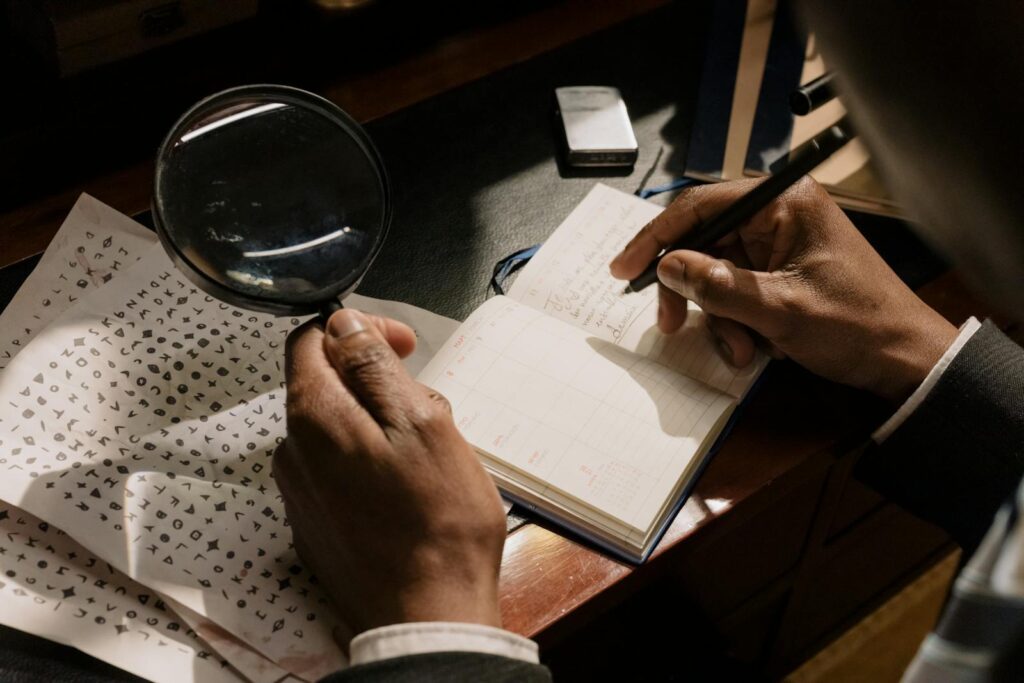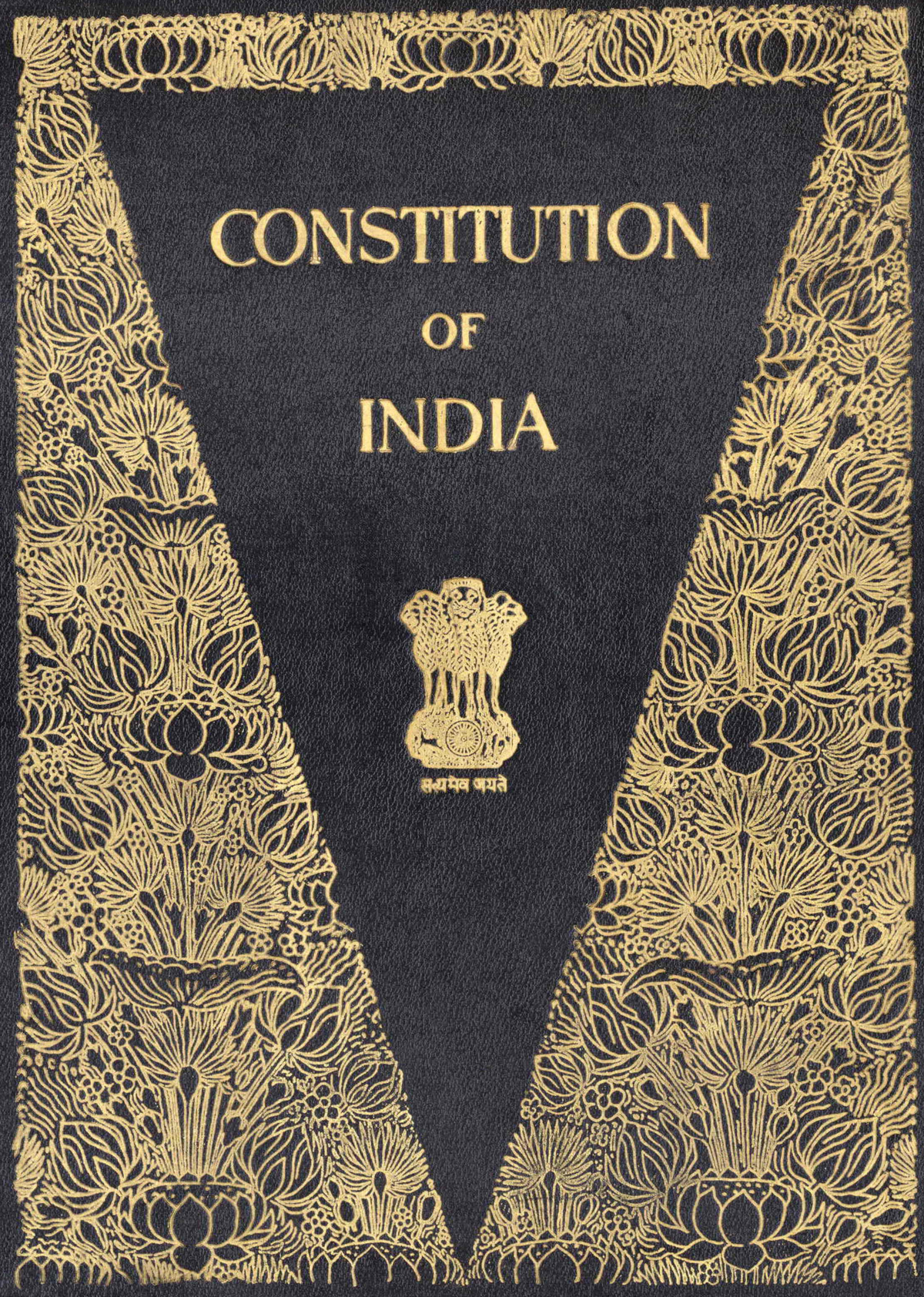Now Reading: Medicolegal report and laws relating to toxicology and MLR report in toxicology cases
-
01
Medicolegal report and laws relating to toxicology and MLR report in toxicology cases

Medicolegal report and laws relating to toxicology and MLR report in toxicology cases
A medico-legal report is a report which is written by a doctor or another health professional for legal proceedings. A medico-legal report is the written evidence of a medical expert witness. Medico-legal reporting may be commissioned for actual or potential litigation.
Medico-legal reports are needed to establish psychiatric injuries in personal injury cases. They also enable the court to quantify the injuries suffered. Although it is for the court to decide, medico-legal reporting can assist in demonstrating causation. They may also be important in enabling parties to agree, or for the court to decide on quantum.
Medico-legal reports are required in criminal proceedings and are often required to comment on a defendant’s mental state. Medico-legal reports may also be required to assist the court in sentencing.
In family law and child care proceedings, a medico-legal report can establish whether a parent has a mental disorder. A forensic assessment of a parent’s risk, particularly where there is a history of offending, may also be required. As well as providing medico-legal reports in public law proceedings, as well as in private law proceedings where concerns or allegations have been raised by one parent against another.
A medico-legal report will be required to comment on whether an employee is impaired to assist the tribunal in concluding whether the employee has a disability under section 6(1) of the Equality Act 2010. A medico-legal report may also be required in the context of employment tribunal proceedings to address the issue of psychiatric damage1.
Format for a medico legal report
In the report, it is useful to include headings and, if the report is long, numbered paragraphs. A suggested format for a medico-legal report is as follows:
· Patient’s name and date of birth
· Requesting party’s name, date of the request and purpose of the report
· Your credentials, including professional address, qualifications, experience and position at the time you were involved in the patient’s management
· Medical facts in chronological order:
1. presentation (history and symptoms)
2. examination findings
3. investigations
4. provisional diagnosis
5. treatment/management
6. current condition
· Response to questions (if any)
· Your opinion (if appropriate)
· Signature and date of the report
If you are answering questions that have been posed in the request for a report, include the questions in full in your report followed by your answers. Remember you are not obliged to answer the questions if they require you to give an opinion, only to provide the facts as known to you.
If you have no independent recollection of your management of the patient, the information in your report will be based solely on what is recorded in the medical records. The extent of the medical information included in the report will be dependent on the nature of the report and is a matter of clinical judgment.
Information that is not relevant to the report need not be included but relevant matters must not be omitted (e.g. a pre-existing history of back pain should be disclosed in a workers compensation claim for a back injury)2.
Laws relating to toxicology
Ø The Poison Act, 1919
This Act was amended in 1958 and repealed in 1960. It deals with the import of poisonous substances into India, issuance of license for possession of certain specified poisons, and restrictions in the sale of such substances (mostly chemicals) as poisons, over which control is to be exercised.
Ø Drugs and Cosmetics Act, 1940
This Act was amended in 1964, and very recently in 2008, and is today referred to as the Drugs and Cosmetics (Amendment) Act, 2008. It deals with the import, manufacture, distribution, and sale of all kinds of drugs like Allopathic, Ayurvedic, Unani, Siddha, etc., besides cosmetics. As per the Act, every patented or proprietary medicinal preparation should display on the label of the container, either the exact formula or a list of the ingredients. The amended Act has enhanced the scale of punishment for various offences, including sale of spurious drugs, adulteration of drugs and cosmetics, toxic contamination, etc.
Ø The Drugs and Cosmetics Rules, 1945
This is a branch of the Drugs and Cosmetics Act, 1940, and is concerned largely with the standard and quality of drugs, apart from exercising control over the manufacture, sale, and distribution, of drugs and cosmetics. It was amended in 1988, and is now referred as Drugs and Cosmetics Rules (Eighth Amendment), 1988.
Ø Narcotics Drugs and Psychotropic Substances Act, 1985
The Narcotic Drugs and Psychotropic Substances (NDPS) Act was enacted in India and subsequently amended in 1988, to implement the provisions of the Convention on Psychotropic Substances (1971), and the Convention Against Illicit Traffic in Narcotic Drugs and Psychotropic Substances (1988), both held in Vienna.
This Act renders three previous Acts, which are now obsolete—
§ The Opium Act, 1857
§ The Opium Act, 1878
§ The Dangerous Drugs Act, 1930
The term “narcotic” in the legal sense is quite different from that used in the medical context which denotes a sleep inducing agent. Legally, a narcotic drug could be an Opiate, which is a true narcotic; or Cannabis, which a non-narcotic; or even Cocaine which is the very antithesis of a narcotic, since it act as a stimulant. The term “Psychotropic Substance” is with reference to mind-altering drugs such as LSD, Phencyclidine, Amphetamines, Barbiturates, Methaqualone, Benzodiazepines, Mescaline, Psilocybin, and Designer Drugs (MDMA, DMT, etc.).
The NDPS Act enforces complete prohibition on the cultivation of Coca, Poppy, and Cannabis plants, and the manufacture, sale, purchase, use, or transport of any narcotic drug or psychotropic substance except for medical or scientific purposes.
The minimum punishment for any offence committed under the Act is 10 years rigorous imprisonment and fine of Rs.1 lakh, while the maximum punishment is 20 years rigorous imprisonment and fine of Rs.2 lakhs.
Ø The Pharmacy Act, 1948
The objective of this statute is to allow only registered pharmacists to compound, prepare, mix, or dispense any medicine on the prescription of a Registered Medical Practitioner.
Under this Act, the Pharmacy Council of India, New Delhi has been established, under the Ministry of Health and Family Welfare, which regulates the study of pharmacy throughout the country. Individual states have their own State Pharmacy Councils for the registration of pharmacists.
Ø The Drug Control Act, 1950
This Act controls the supply and distribution of drugs, and also guides the manufacturer or dealer in fixing the maximum price for every drug.
The following sections of the Indian Penal Code, 1860 deals directly or indirectly with offences involving poisons:
Ø Section 272: Adulteration of food or drink intended for sale
Ø Section 273: Sale of noxious food or drink
Ø Section 274: Adulteration of drugs
Ø Section 275: Sale of adulterated drugs
Ø Section 276: Sale of drug as a different drug or preparation
Ø Section 277: Fouling water of public spring or reservoir
Ø Section 278: Making atmosphere noxious to health
Ø Section 284: Negligent conduct with respect to poisonous substance
Ø Section 326: Voluntarily causing grievous hurt by dangerous weapons or means
Ø Section 328: Causing hurt by means of poison, etc., with intent to commit an offence
The Code of Criminal Procedure, 1973 being a procedural law, deals with the judicial proceeding at various stages of enquiry and trial
Ø Section 174: Police to inquire and report on suicide, etc.
Ø Section 176: Inquiry by Magistrate into cause of death3.
MLR Report in toxicology cases
A medico legal report (MLR) prepared by Doctors or Medical Examiner/ Coroner in cases of Toxicological cases, should comprise of following details:
§ What drug was consumed by the victim?
§ What was the method of ingestion?
§ How much time before death was drug consumed by victim?
§ Why did the victim consume that drug? (Intelligence report)
§ What was the quantity of drug present in the system when analysed?
§ What was the effect of drug on the victim’s body? (Was it fatal, or by-products were harmful?)
§ How did victim got in possession with that drug? (Intelligence report)4.
Case study
A 19-year-old male and a 16-year-old female were brought to the casualty services of the hospital in an unconscious state by their family members. Both the victims were declared dead on arrival. Local police were informed by the hospital and an investigation was initiated to establish the cause of death. Upon investigation, it was revealed that both the deceased were found in an unconscious state in a farmhouse located in a village next to the city. However, the family members failed to provide any details such as psychic conditions or circumstances of poisoning in the case of both victims. The crime scene was searched by the investigating team, but no physical clues such as any empty container, bottles or wrappers were found. The dead bodies of both deceased were sent for postmortem examination and were subjected to medico-legal autopsy. Autopsy findings for both the deceased resulted in similar observations. The time of death was approximated to 28-30 hours before autopsy for both the deceased. The external examination showed no signs of ante mortem injuries, needle marks, or any decomposition or putrefaction.
No physical clues were found on the bodies of the victims. A bluish-green colored powdered substance in a small quantity was recovered from the clothing of the female and preserved for toxicological examination. No physical clues were found on the clothing of the male victim. However, froth was noticed from the mouth and nostrils in both the cases. Brain, lungs, liver, spleen, gastric mucosa and both kidneys were found in a congested condition during an internal examination. The observation of stomach contents revealed the presence of the green colored semisolid material. During the autopsy, samples of the stomach along with its contents, portions of the liver, spleen, small intestine and kidneys were preserved. The blood samples of both the deceased were also preserved for toxicological analysis. The collected samples were analyzed in our laboratory to identify the unknown poison by systematic toxicological examination.
Toxicological results of the autopsy samples analyzed were negative for the presence of any opiates, benzodiazepines, barbiturates or other drugs. Results were negative for the presence of any volatile poisons including ethyl alcohol and gaseous poisons. During the screening of pesticides, TLC analysis indicated the presence of pyrethroids and organophosphate groups. Further analysis by GC-MS confirmed the presence of Alpha-Cypermethrin (Alphamethrin) (22.08), Fenvalerate (22.96), Ethion (17.68), Triazophos (17.94) and Quinalphos (15.86) in both victims. The values given in brackets denote the retention time in minutes for individual compounds. The GC-MS analysis of the bluish green solid powder confirmed the presence of Promethazine; however, it was not detected in any biological samples. Through autopsy, stomach contents revealed the presence of a green colored semisolid material, which can be attributed to use of commercial pesticide formulation by the two deceased5.
REFERENCES
1. https://www.expertcourtreports.co.uk/services/medico-legal-reporting/
2. Bird, S. (2014). How to write a medico-legal report. Australian family physician, 43 11, 777-9
4. https://legaldesire.com/forensic-toxicology-and-indian-laws/
5. Bajaj, Atul & John, Cijo & Kaur, Sukhminder & Tripathi, Rohitashva. (2018). Pesticide Mixture Poisoning: A Case Report. Arab Journal of Forensic Sciences & Forensic Medicine. 1. 909-915. 10.26735/16586794.2018.003.









